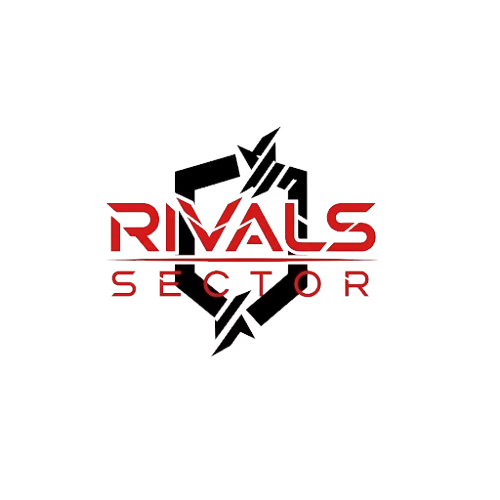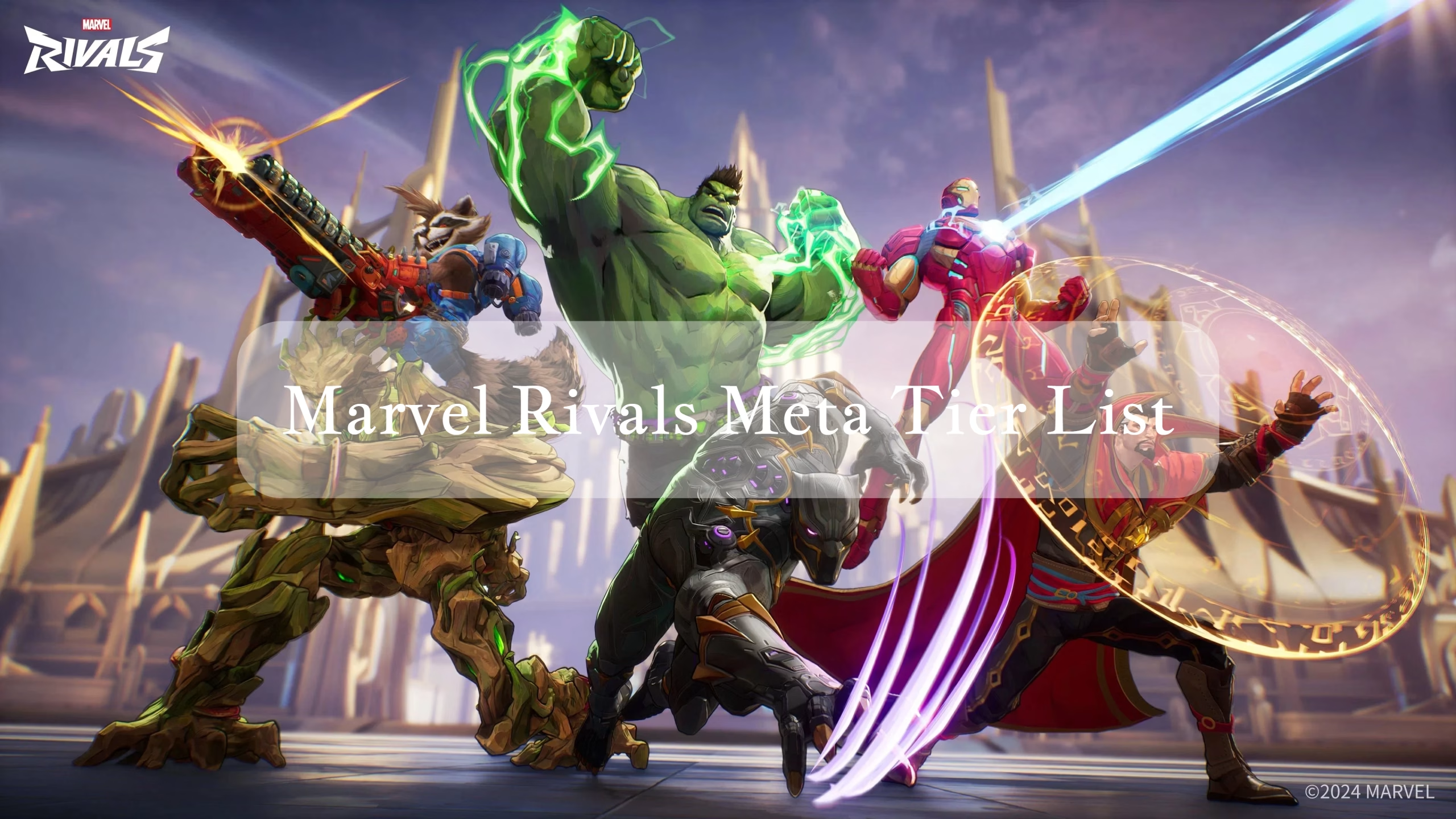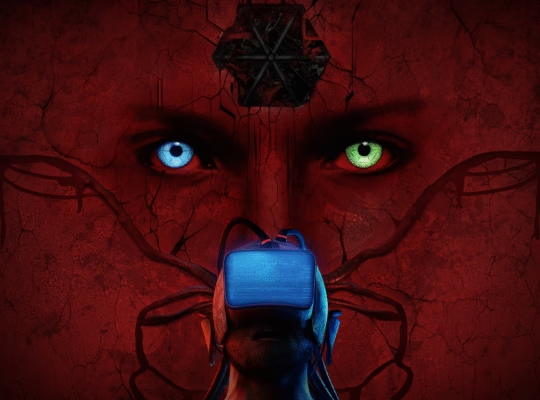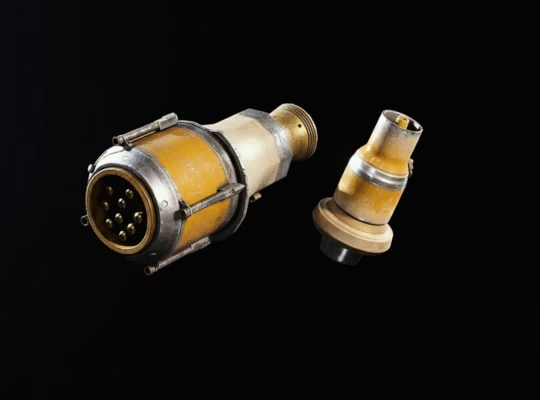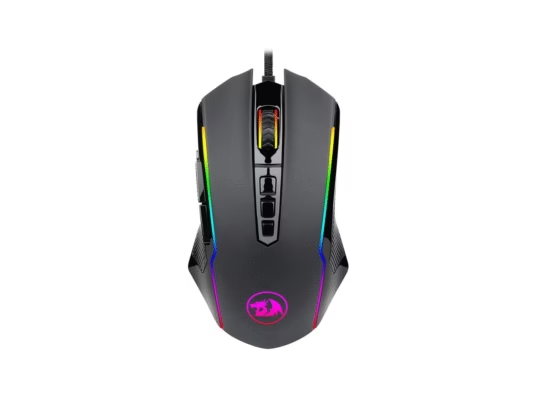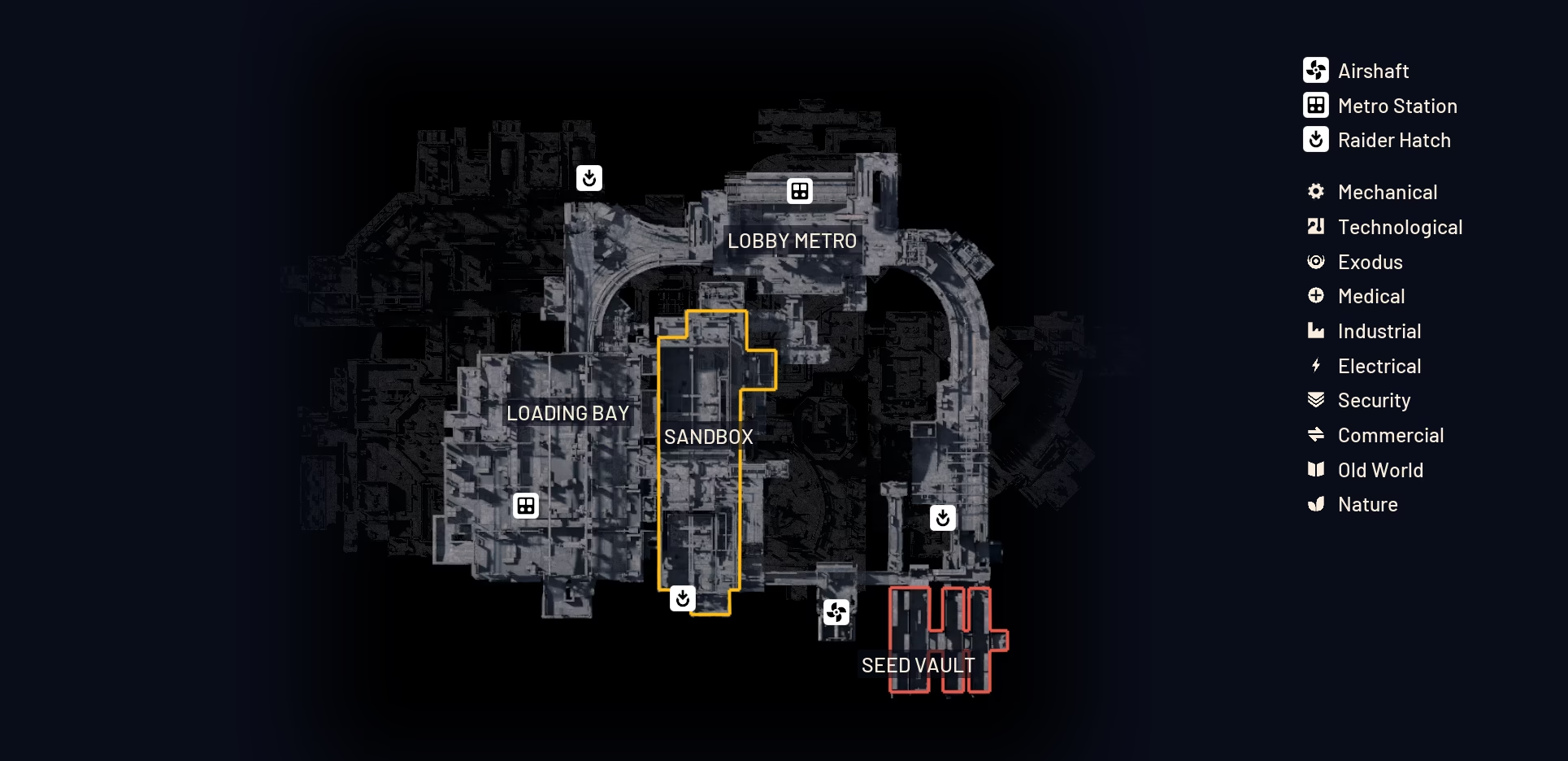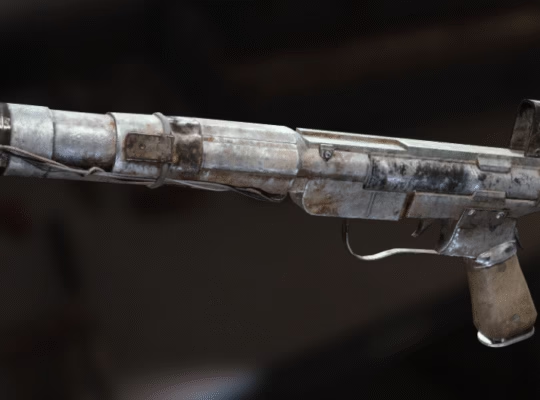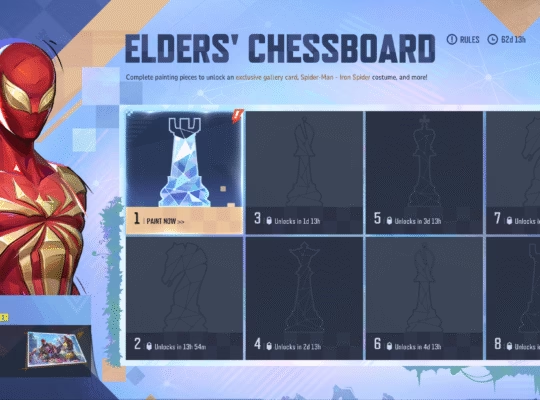Hey Rival Sector readers, Elias here, back with my latest deep dive into the Marvel Rivals meta. As a veteran of competitive shooters and a die-hard Marvel fan, I’ve been pouring over every bit of data, every match replay, and every high-level discussion to bring you the most accurate and insightful tier list for Season 4. The meta is shifting faster than ever, and what works in ranked play today might be obsolete tomorrow. I have been playing for countless hours and I am thrilled to share my findings with you.
This is not just another simple ranking. I have broken down the meta into two distinct lists. One for players at Diamond rank and above, where team synergy and high-skill heroes dominate, and another for those below Diamond, where consistency, ease of use, and brute force reign supreme. The game is a whole different beast depending on who you are playing with and against. I am going to explain my reasoning behind every choice, so you can understand not just who is good, but why they are good and how to get the most out of them.
Marvel Rivals Season 4 Meta Analysis, Above Diamond
The high-level meta is all about coordination, counter-picks, and the perfect composition. Every hero’s kit is a tool, and at this level, players know exactly how and when to use them to their full potential. I have seen some truly insane plays that are only possible when a team communicates flawlessly. In this environment, heroes that offer versatile utility or game-changing ultimates are a cut above the rest. The heroes in the Meta tier are not just strong, they define the competitive game at this level.
Meta Tier List (Above Diamond)

- Luna Snow (Strategist): Luna’s power in the top ranks comes down to one key concept: action economy. Her hybrid Light & Dark Ice weapon is incredibly efficient, allowing her to pressure enemies and heal allies without ever needing to switch modes or pause her output. This ability to contribute offensively while fulfilling her support duties is invaluable. Combined with her high mobility from Smooth Skate, she can take aggressive off-angles to harass the enemy backline, a feat few other supports can manage. While the nerf to her ultimate’s duration was significant and pulled her back from being a must-pick, a ten-second team-wide buff is still a fight-winning ability. She remains a top-tier pick for teams that want to play an aggressive, fast-paced style.
- Magneto (Vanguard): Magneto is not just a tank, he is a grandmaster of battlefield control. His meta relevance stems from his unparalleled ability to dictate the terms of every single engagement. His Metallic Curtain completely shuts down projectile-based compositions, single-handedly neutralizing heroes like The Punisher and forcing the enemy to fight on his terms. His ultimate, Meteor M, is arguably the best setup ability in the game. In a coordinated environment, a Magneto ultimate is a clear signal for the team to follow up with their own damage abilities, resulting in a near-guaranteed team wipe. He is the cornerstone of the most devastating “wombo-combo” strategies in the game.
- Invisible Woman (Strategist): Sue Storm is the meta’s answer to the meta itself. The current high-level game favors fast, aggressive dive heroes like Wolverine, and Invisible Woman is their perfect counter. The Season 4 buffs pushed her into this essential role. The increased slow on her Guardian Shield is now a death sentence for an overextended flanker, while her Psionic Vortex can pull an entire diving team together and leave them vulnerable. Furthermore, her ultimate, Invisible Boundary, provides some of the strongest objective defense in the game. She is meta because she is the premier defensive support who protects her team and punishes the most popular offensive strategies.
- Groot (Vanguard): If Magneto is about proactive control, Groot is the undisputed king of reactive defense and area denial. He is the anchor for “bunker” compositions, which are designed to fortify a position and make it impossible to breach. In the hands of a strategic player, his walls are not just shields, they are tools that reshape the map. A well-placed wall can split an enemy team in half, isolate a key target, or create a perfectly safe firing lane for an ally. His ultimate, Strangling Prison, is a devastating counter-initiation tool that can turn an enemy’s aggressive push into their own demise.
- Wolverine (Duelist): Wolverine is the relentless engine that drives the entire dive meta. His core strength is his self-sufficiency. Because of his Regenerative Healing Factor, he requires very few resources from his own supports, which frees them up to sustain the rest of the team. His role is to apply constant, overwhelming pressure to the enemy backline. This forces the enemy team into a terrible dilemma: turn around to deal with the unkillable threat shredding their supports, or cede their entire backline to him. Either choice creates a massive advantage for Wolverine’s team, making him a character who warps the entire battlefield just by being on it.
- Psylocke (Duelist): In high-rank play, supports are heavily protected and difficult to kill. Psylocke is the meta’s solution to this problem. She is a surgical assassin. While Wolverine is a sledgehammer that breaks the frontline, Psylocke is a scalpel that uses stealth and mobility to bypass it entirely and eliminate a single, high-value target. The recent nerf to her Wing Shurikens means her burst damage is less forgiving, she can no longer get a kill with a sloppy combo. This raises her skill ceiling, but for a top-tier player who can execute her combos flawlessly, she remains the most effective tool for surgically removing an enemy playmaker from the fight.
- Emma Frost (Vanguard): Emma’s meta value is rooted in her flexibility. High-level matches are fluid, and the ability to adapt is crucial. Emma’s dual forms allow her to pivot from a ranged poker to a durable brawler at a moment’s notice. The smartest players use her Diamond Form not just to fight, but as a temporary defensive cooldown to bait out and absorb critical enemy abilities like a stun or hook. Her ultimate, Psionic Seduction, is one of the highest-impact abilities in the game, capable of winning a fight by turning the most dangerous enemy against their own team.
- Human Torch (Duelist): Johnny Storm dominates the meta through his mastery of vertical space. On maps with high ceilings, he is an oppressive force that can stay above the effective range of many popular ground-based heroes. This forces the enemy team to constantly divide their attention between the threats in front of them and the threat raining fire from above, a task that is incredibly difficult under pressure. His Pyro-prison is also a top-tier ability for zoning enemies off an objective during the critical final seconds of a round, securing wins that would otherwise be lost.
- Phoenix (Duelist): Phoenix excels in the extended, resource-based fights that are common in high-level play. She is the specialist for a war of attrition. Her core mechanic of healing through damage makes her incredibly difficult to take down without a coordinated burst of attacks. This allows her to hold a flank by herself for a very long time, drawing the attention of one or even two enemy players. This creates a numbers advantage for her team across the rest of the map, slowly but surely winning them the game through sustained pressure and resource denial.
Marvel Rivals Season 4 Meta Analysis, Below Diamond
For players below Diamond, the game is more about individual skill and consistency. Team synergy is less coordinated and the focus shifts to heroes that are forgiving and can carry a match on their own. Heroes with simple, powerful abilities and straightforward objectives are often the best choices here. This is where brute force and strong individual performance can make all the difference.
Meta Tier List (Below Diamond)
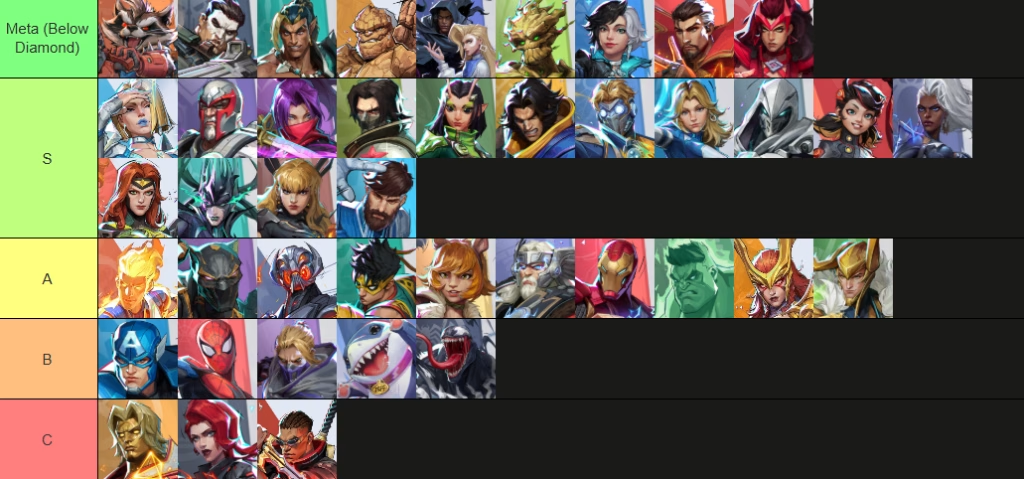
- Rocket Raccoon (Strategist): Rocket’s meta status in these ranks boils down to one, game-breaking ability: his B.R.B. – Battle Rebirth Beacon. Let’s be honest, in games below Diamond, teammates make mistakes. They get caught out of position, they lose duels they should not have taken, and they die. Rocket’s beacon lets you press a button and simply erase that mistake. Bringing a hero back into the fight instantly turns a losing 4v5 into a fair 5v5. This power to undo a critical error is the most forgiving mechanic in the game and an absolute game-changer in uncoordinated teams. On top of that, his bouncing Repair Mode spheres are easy to get value from, and his damage mode lets him defend himself when no one else will.
- The Punisher (Duelist): Frank Castle is the king of consistency. In the chaos of a solo queue brawl, where complex ability combos might be missed or interrupted, The Punisher’s reliable, hitscan rifle always performs. His meta value comes from his simplicity and his raw damage output that directly rewards fundamental FPS skill. You do not need your team to set you up, you just need to click on enemies that are out of position. And in these ranks, enemies are constantly out of position. He is the perfect hero for players who trust their own aim to carry the game.
- Namor (Duelist): Namor is a true “chaos agent,” and he thrives in disorganized lobbies. His strength comes from overwhelming the enemy team’s ability to prioritize targets. His Aquatic Dominion summons squids that create constant, annoying chip damage from multiple angles. Uncoordinated teams will fail to focus fire on these summons, allowing them to run wild and melt health bars over time. His ultimate, Horn of Proteus, is a massive, flashy attack that is incredibly easy to land on enemies who are all clumped together on the objective, often winning a team fight on its own.
- The Thing (Vanguard): In lower ranks, the best plan is often the simplest one. The Thing is meta because his game plan is incredibly straightforward and effective: walk forward and be an unmovable object. He is exceptionally durable and forgiving, allowing players who are still learning the Vanguard role to make positional errors and survive. He is a fantastic frontline presence who can simply absorb huge amounts of damage and create space for his team just by being a massive, intimidating threat.
- Cloak & Dagger (Strategist): This duo’s power in this meta comes from their ultimate, Phase Out. So many games at this level are decided by a single enemy player landing a huge, game-winning ultimate. Cloak & Dagger have the ultimate “No” button. With a single, reactive keypress, they can make an ally completely immune, causing that big enemy ultimate to whiff completely. This ability to single-handedly negate the enemy’s biggest play without any complex coordination makes them an invaluable counter-pick and a safety net for your entire team.
- Groot (Vanguard): Groot’s kit is powerful because its value is obvious and easy for any team to understand, even with zero communication. A wall is a wall, it blocks damage and cuts off paths. Even a poorly placed wall can accidentally save a teammate’s life. His ultimate, Strangling Prison, traps enemies in a big, glowing cluster of roots. This is a clear visual signal to the entire team: “SHOOT THESE GUYS NOW.” He provides immense and easily recognizable utility that works wonders in any composition.
- Luna Snow (Strategist): Luna’s defining trait in solo queue is her incredible flexibility. You cannot always rely on your teammates to do their jobs. What if your duelists are not securing kills? Luna can switch to applying damage. What if your tank is taking too much heat? She can focus on healing. Her ability to do both jobs at once with her primary fire, combined with her fantastic mobility to escape danger, makes her a self-sufficient support who can adapt to fill whatever role her team is lacking in the moment.
- Doctor Strange (Vanguard): The Season 4 buff to Doctor Strange’s Maelstrom of Madness is the core reason for his meta status. A lower cooldown means more ability uptime, which translates to more consistent damage and pressure. He is a self-sufficient Vanguard who can protect himself with a shield, deal reliable damage, and control his own space with his Pentagram of Farallah. He is less dependent on his supports to stay alive, which is a massive advantage when you are playing without a coordinated team.
- Scarlet Witch (Duelist): Scarlet Witch is meta here because she excels at punishing the most common low-rank strategy: grouping up. Players at this level tend to bunch together on objectives, making them a perfect target for her massive area-of-effect spells. She does not need pinpoint accuracy to have a huge impact. She can disrupt an entire team with a single ability, pulling them out of cover with Reality Warp or dealing huge damage with her ultimate. She is the ultimate answer to predictable, clustered enemy formations.
Closing Thoughts
This is my definitive take on the Season 4 meta. I believe these tier lists and short explanations will help you better understand the game at a strategic level. The heroes in the Meta and S tiers are not just strong, they are the ones who define the game at this very moment. They offer a unique combination of power, versatility, and strategic depth that makes them the best choices for climbing the competitive ladder.
Whether you are aiming for Diamond or just starting your journey, remember that understanding a hero’s kit and how it interacts with the rest of the team is the key to success. This is a game that rewards smart play and thoughtful composition. I am constantly updating my analysis, so be sure to check back in as the season progresses. What do you think of my rankings? Let me know in the comments below. For more in-depth hero guides, tier lists, and competitive breakdowns, be sure to keep an eye on our dedicated Marvel Rivals category right here on Rival Sector.

